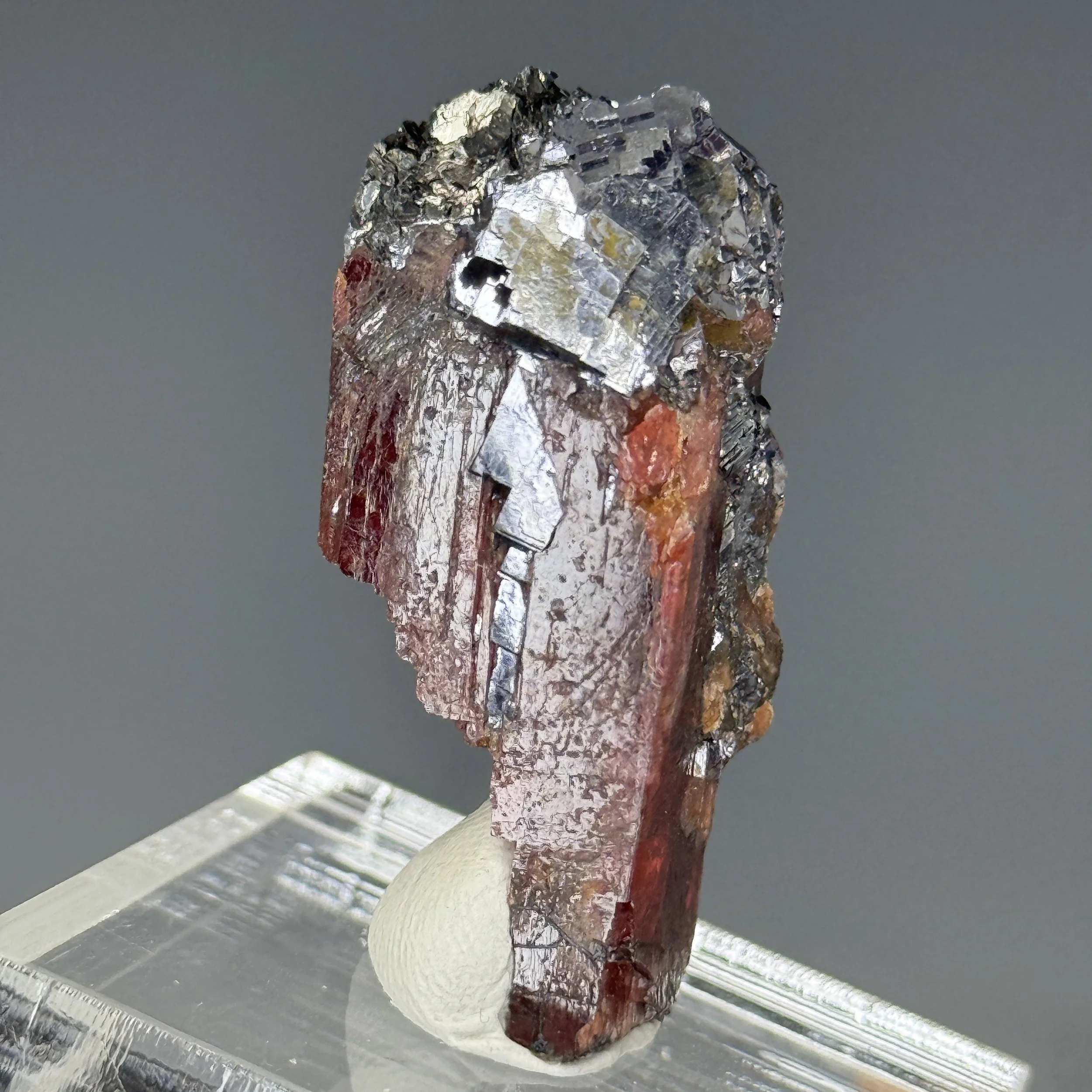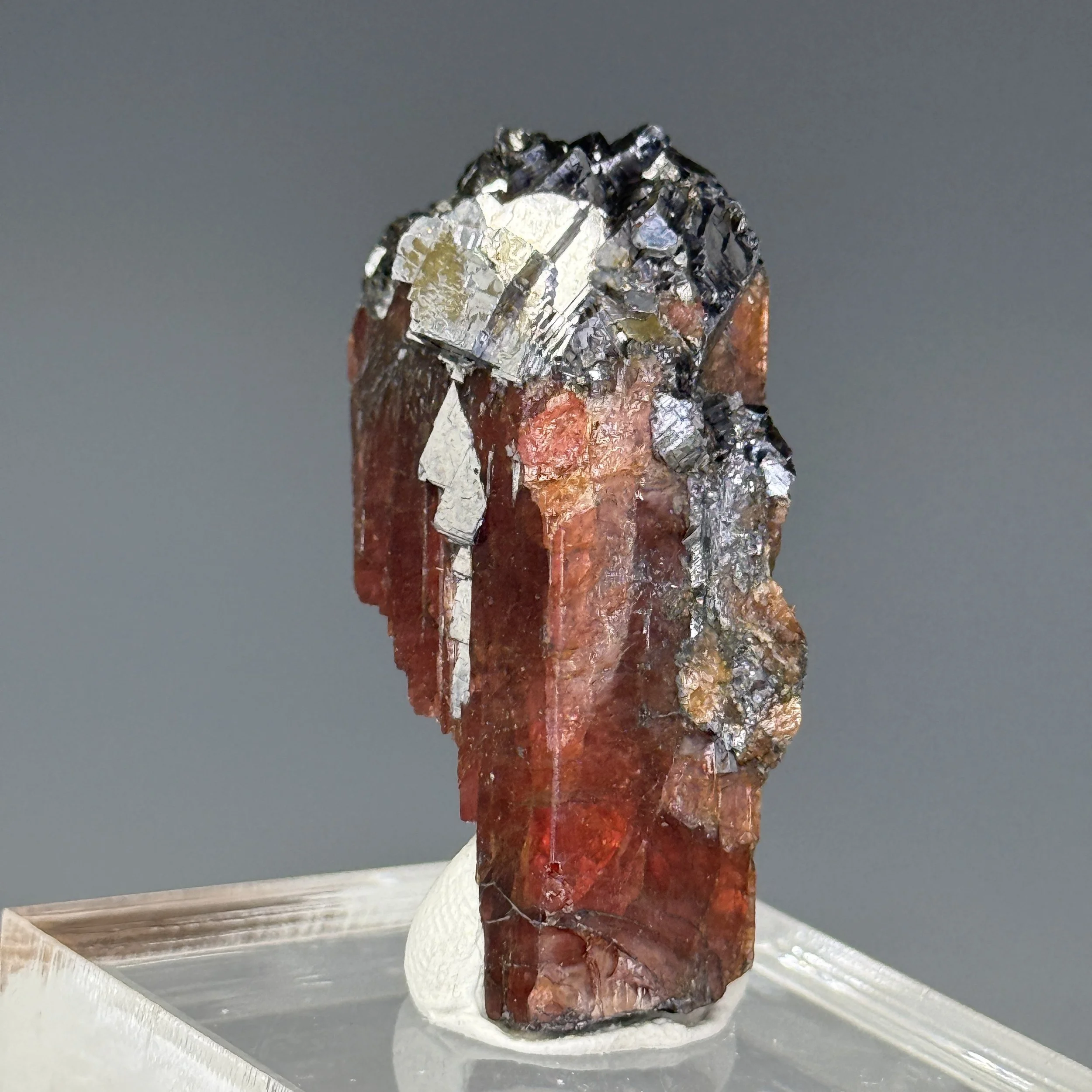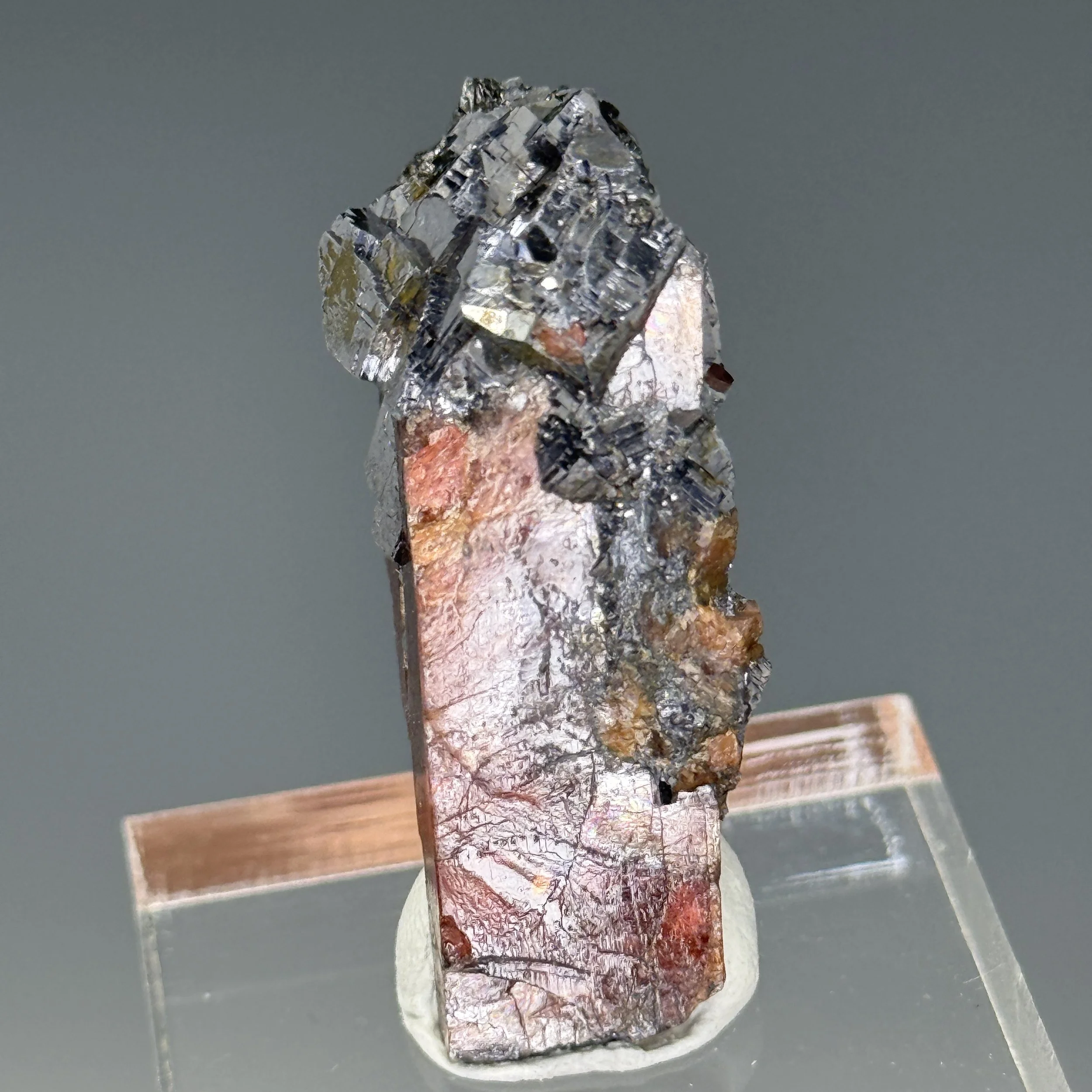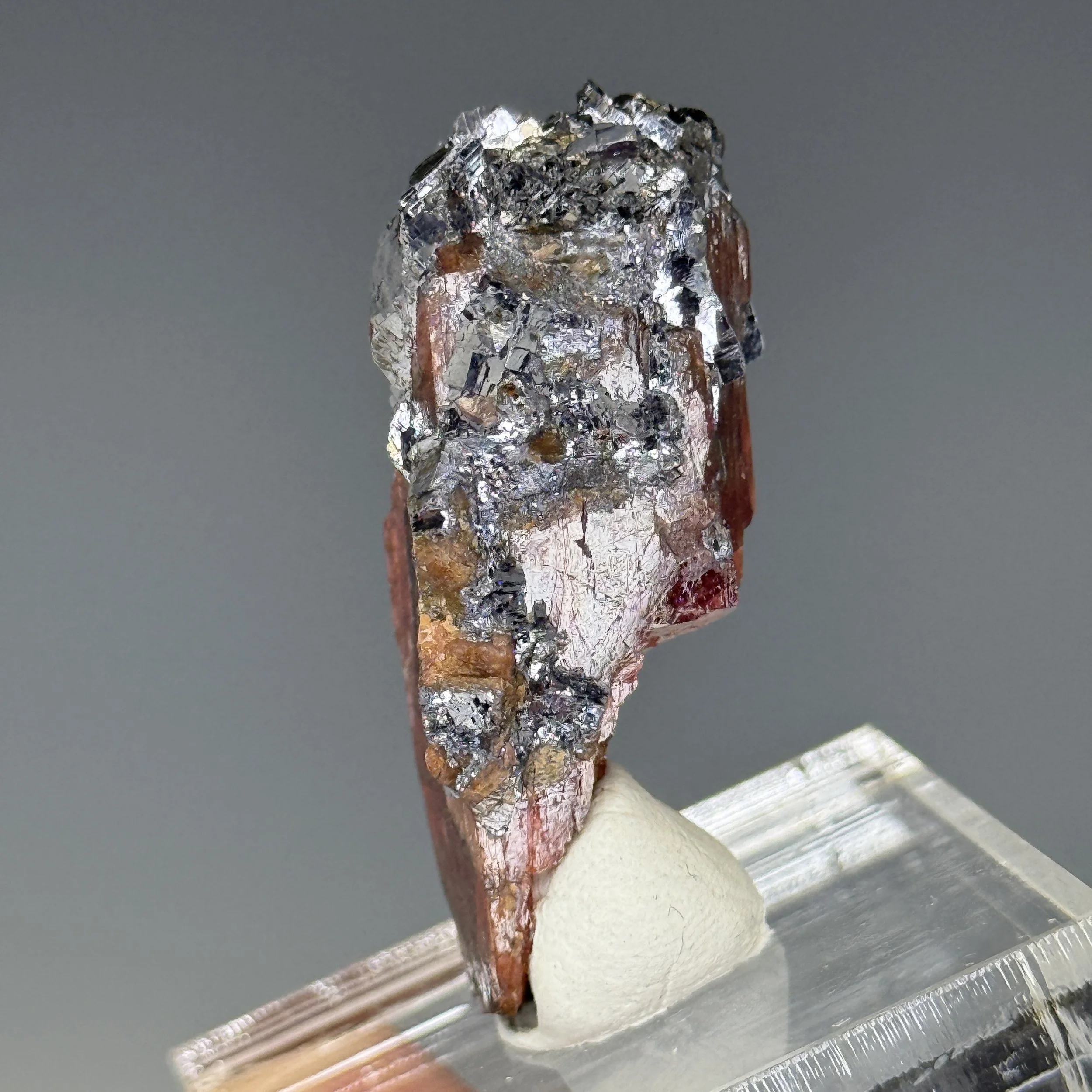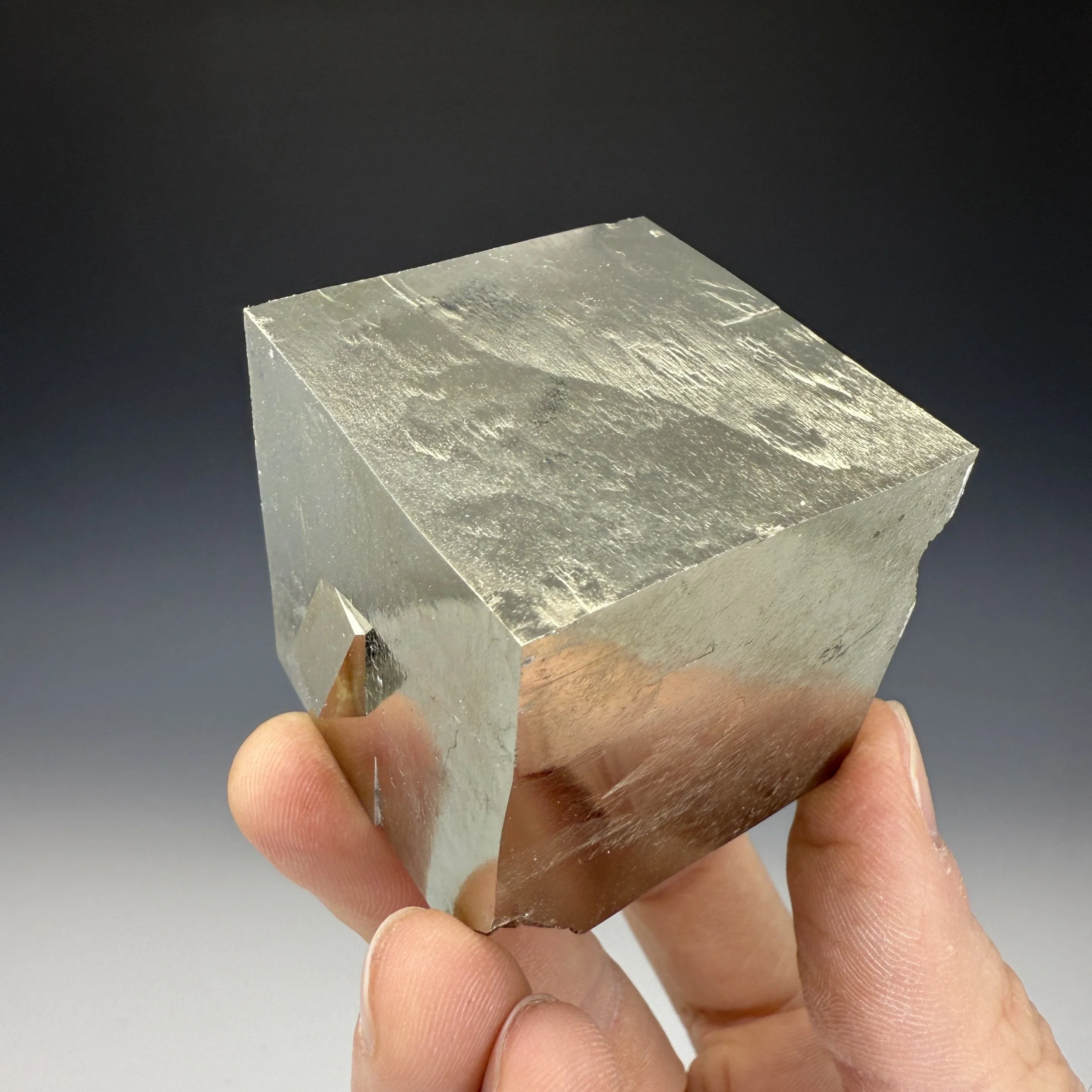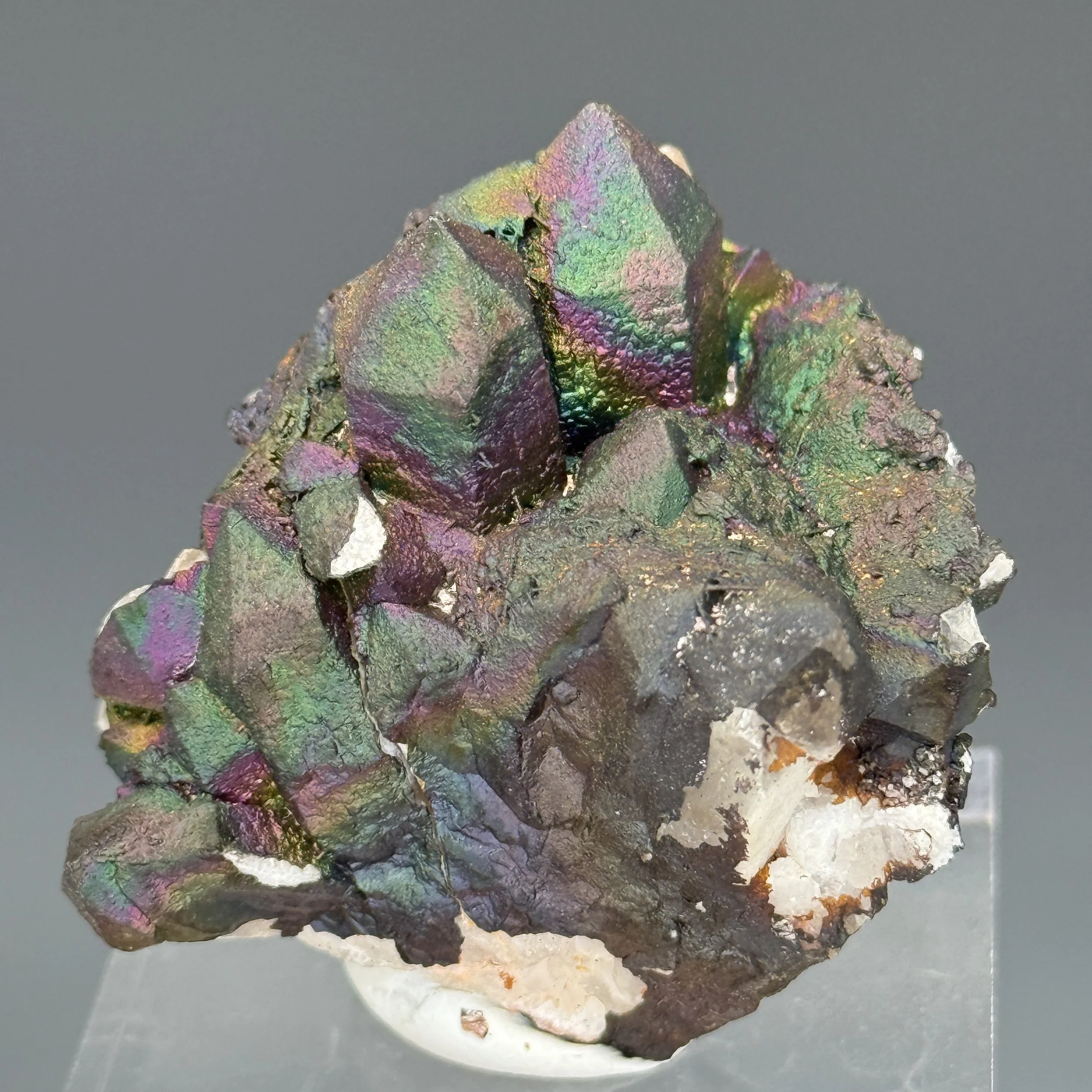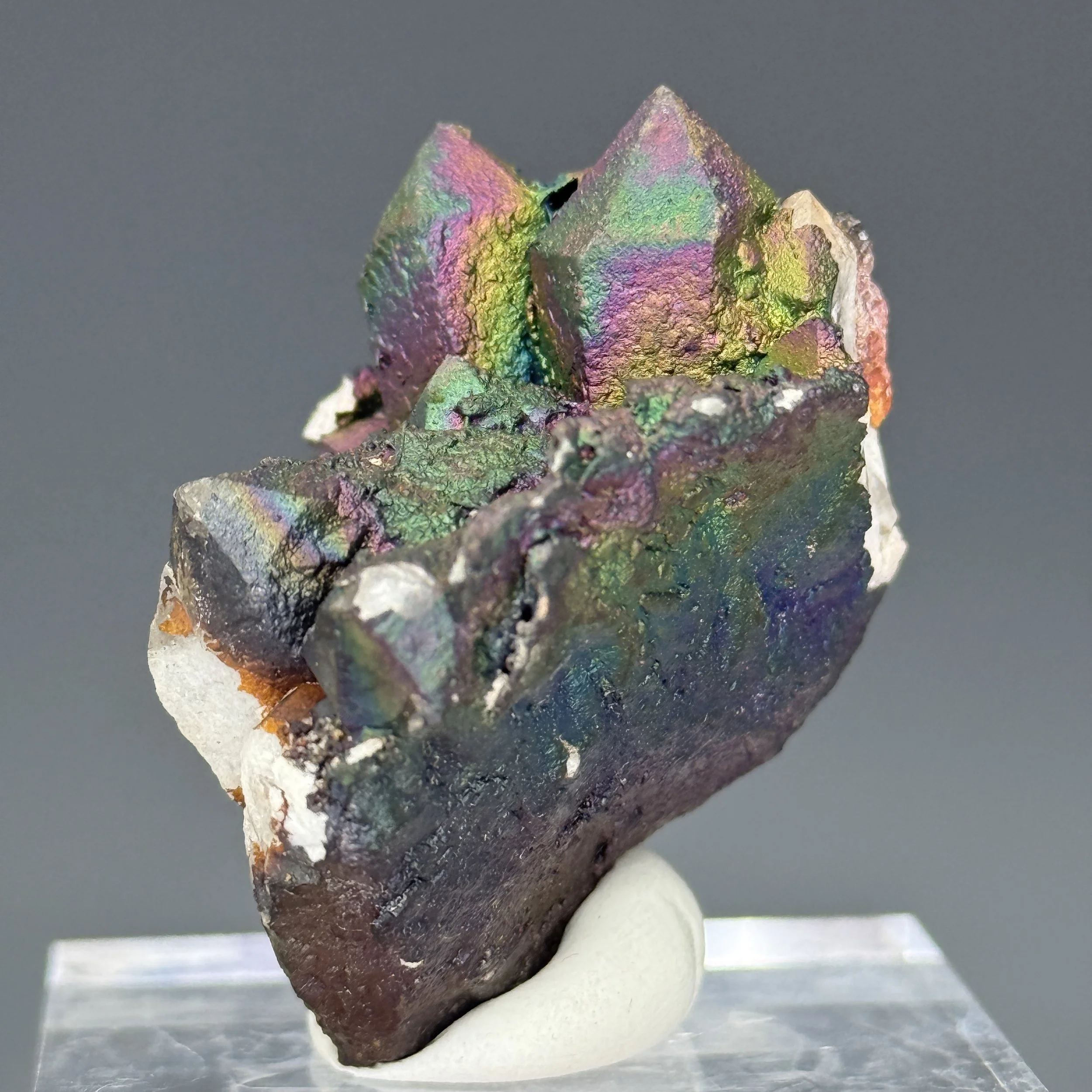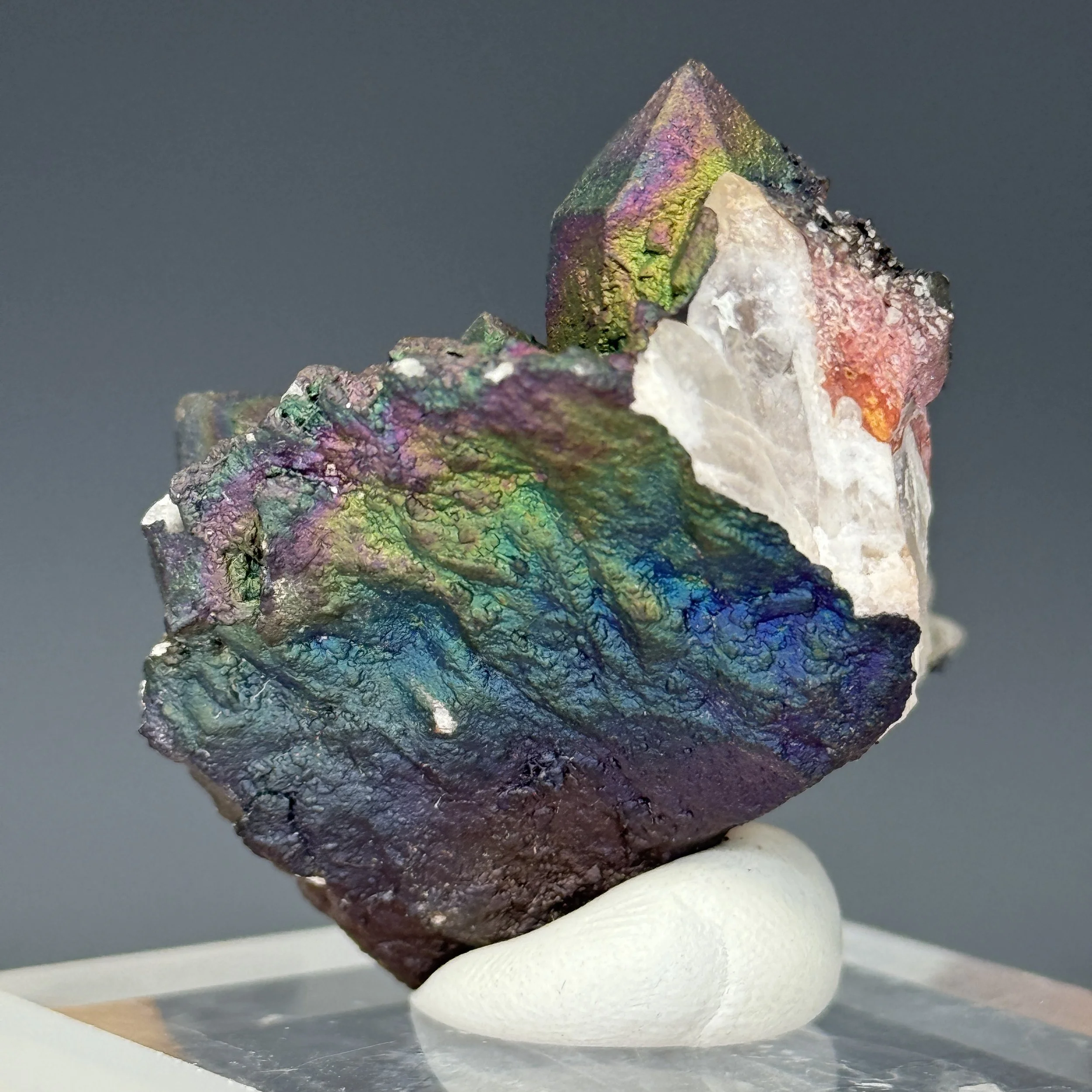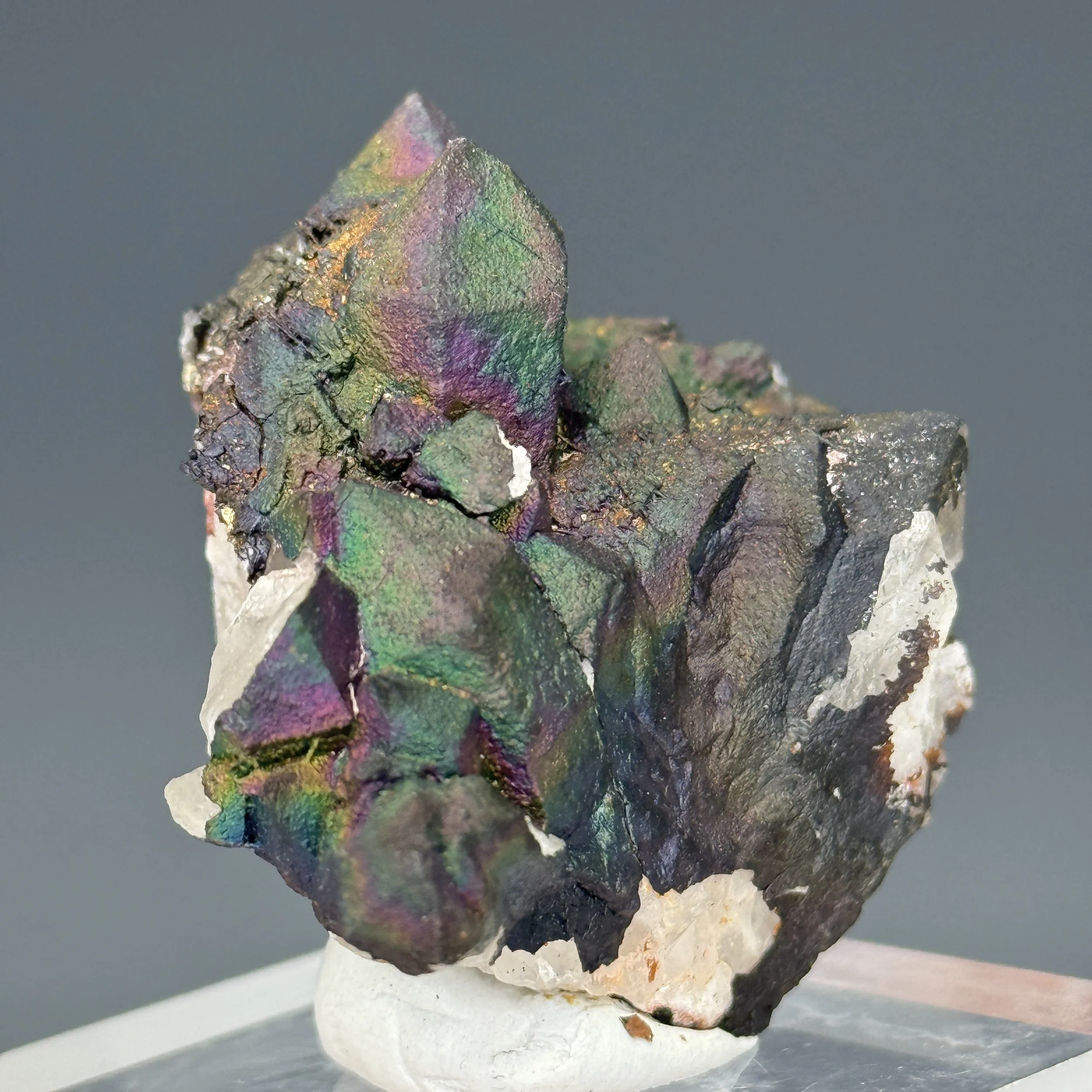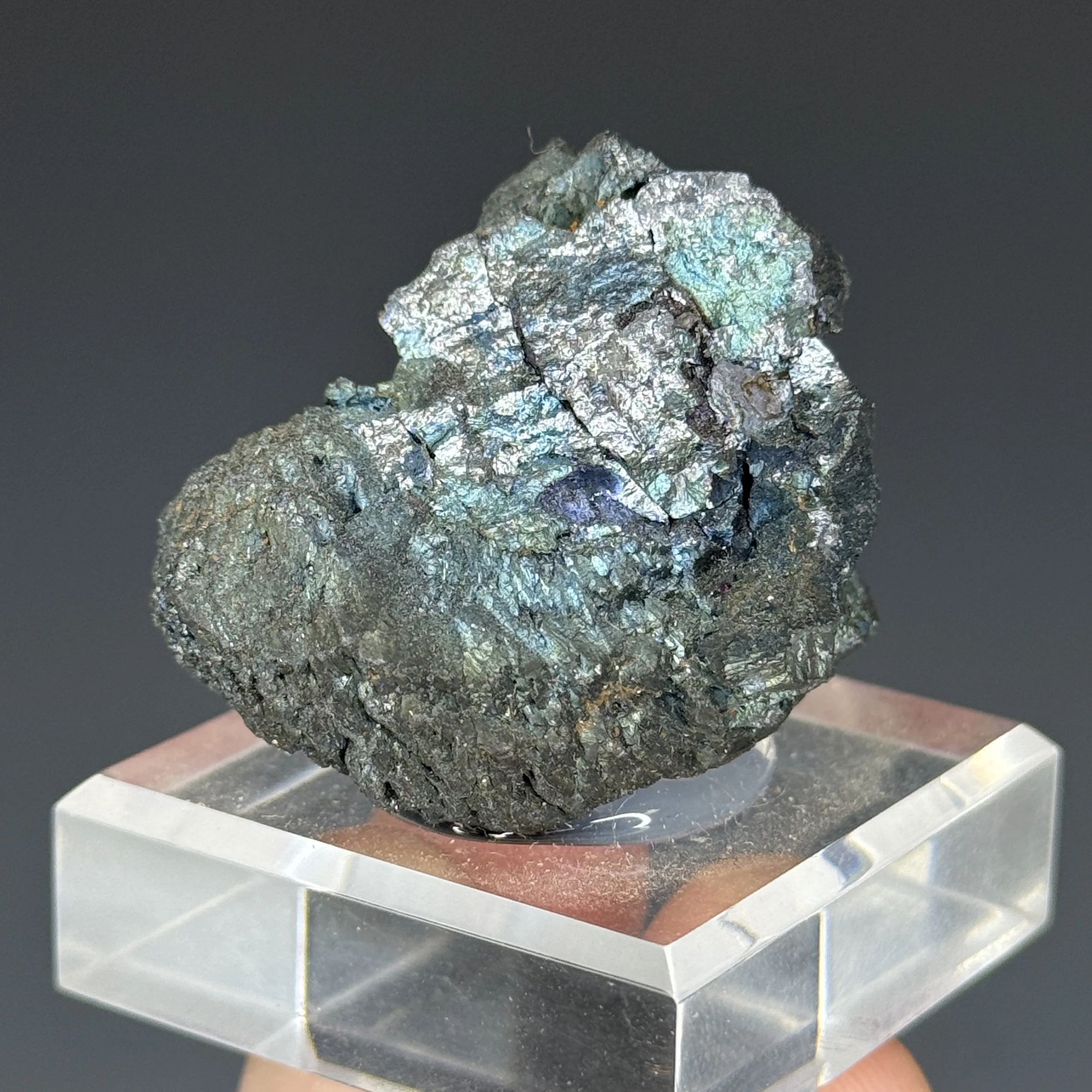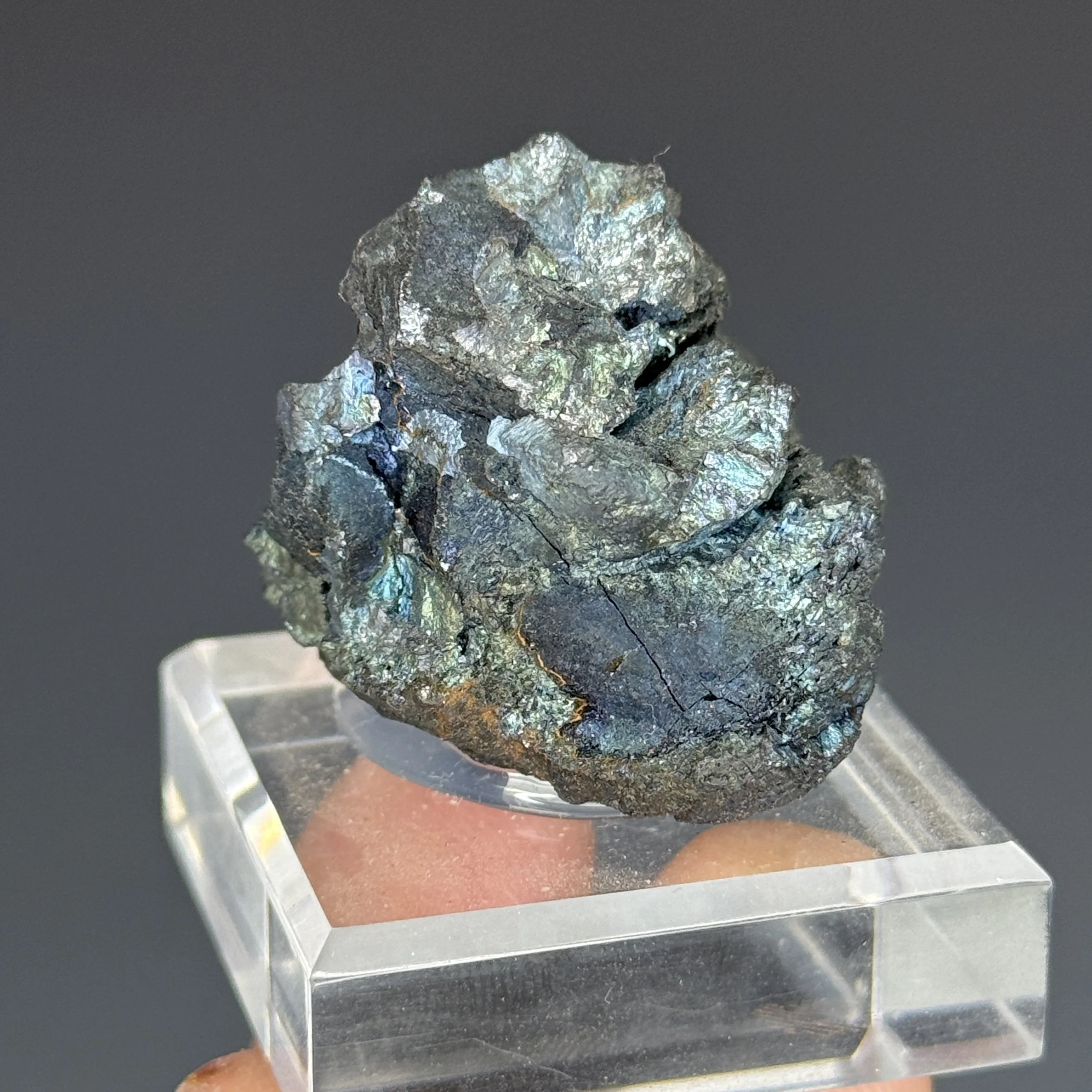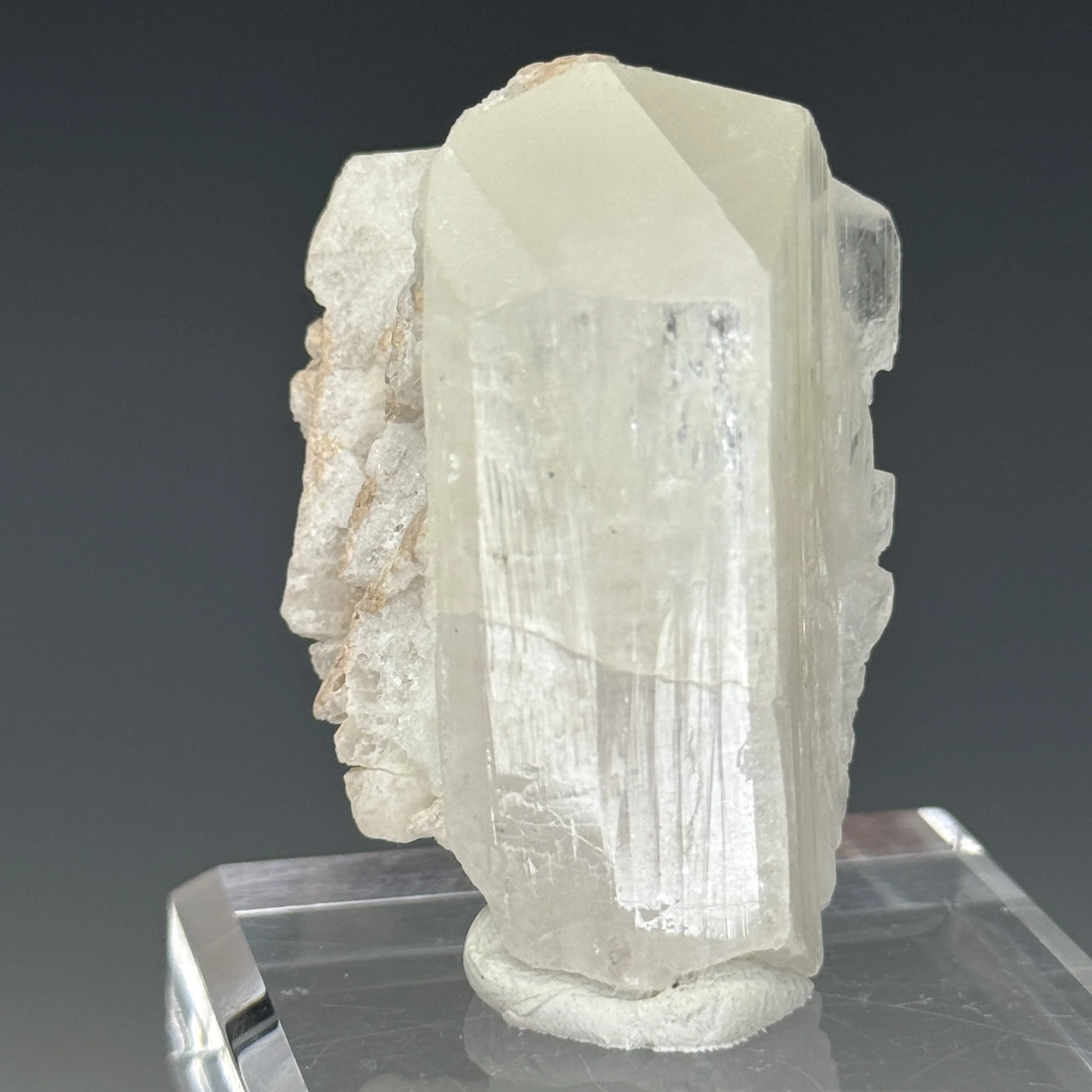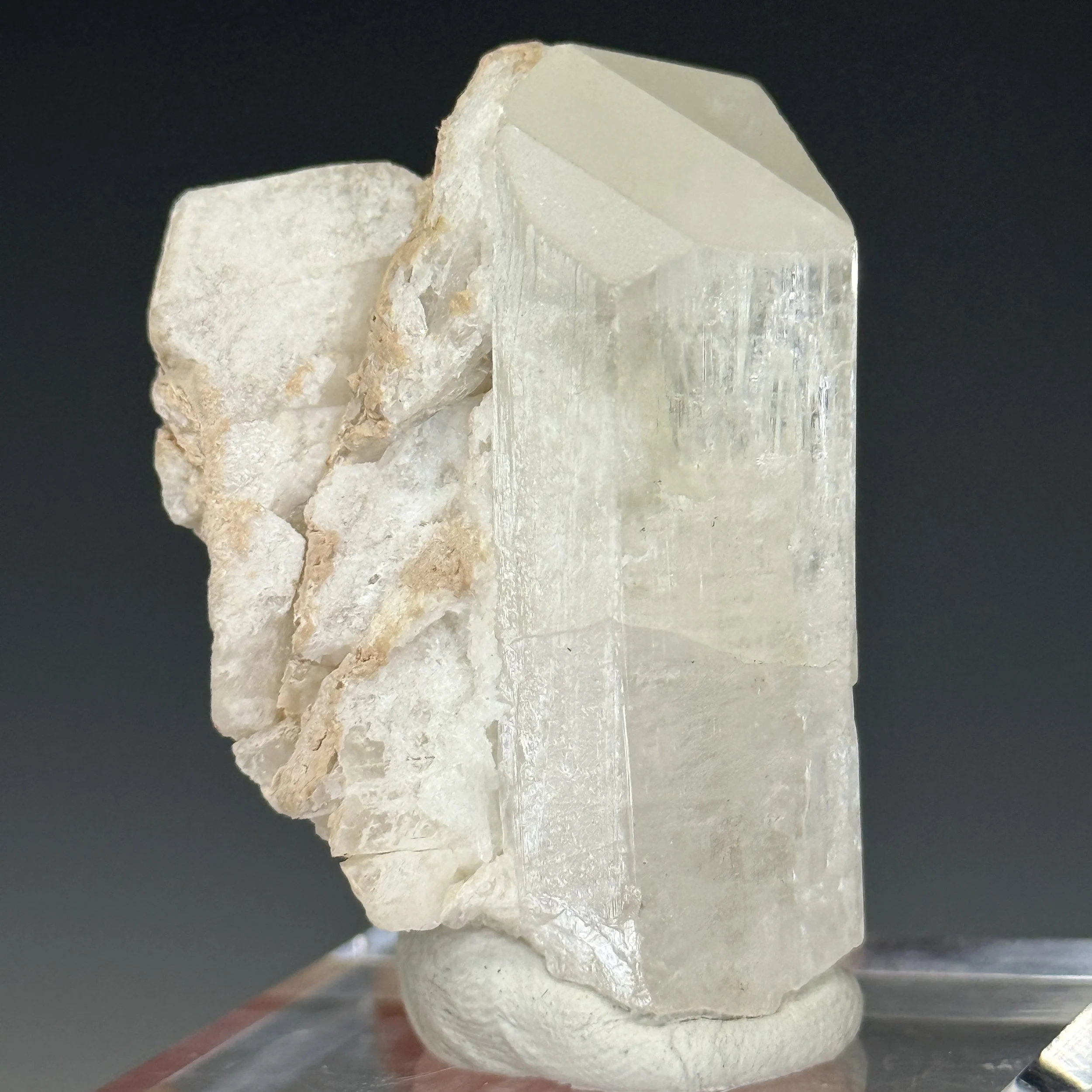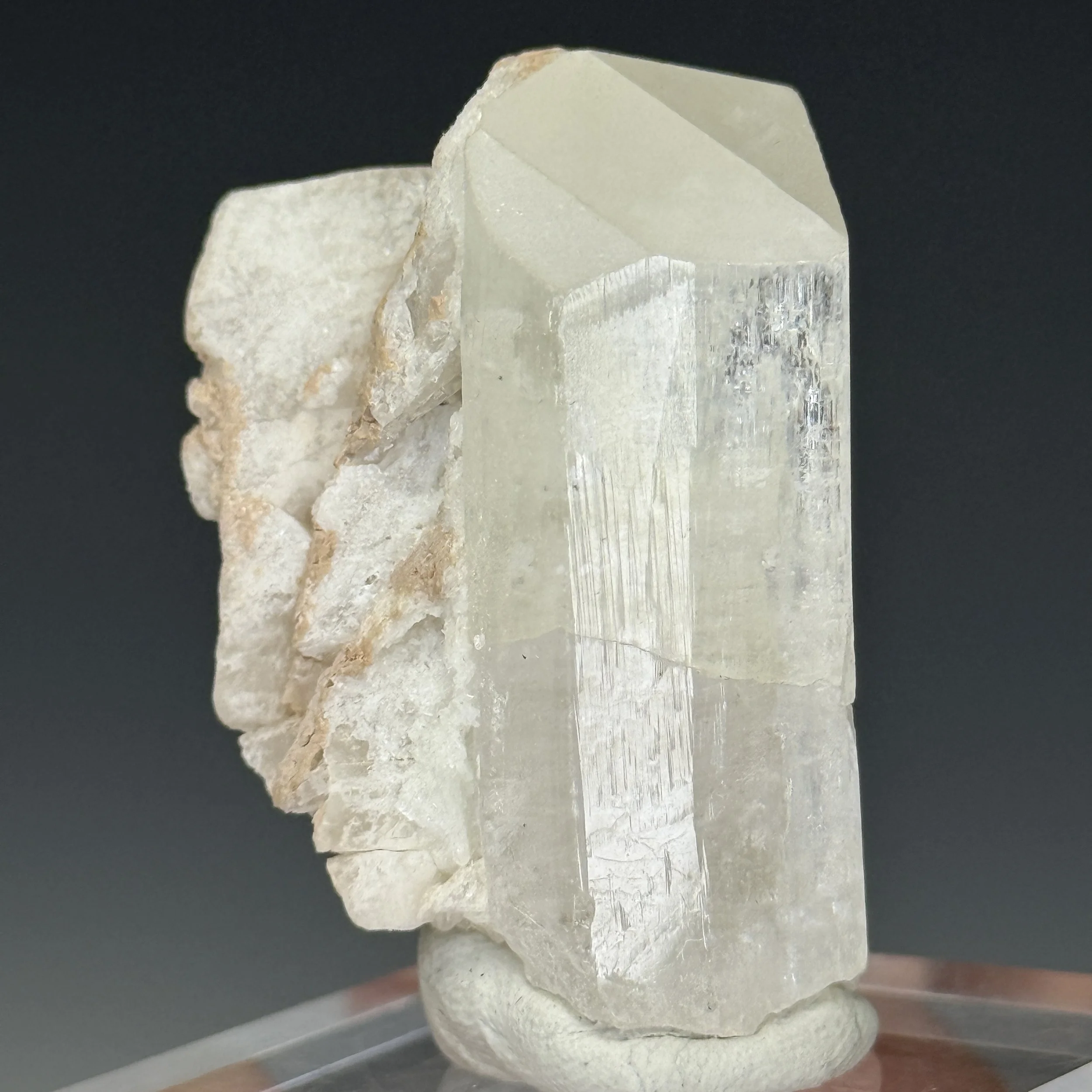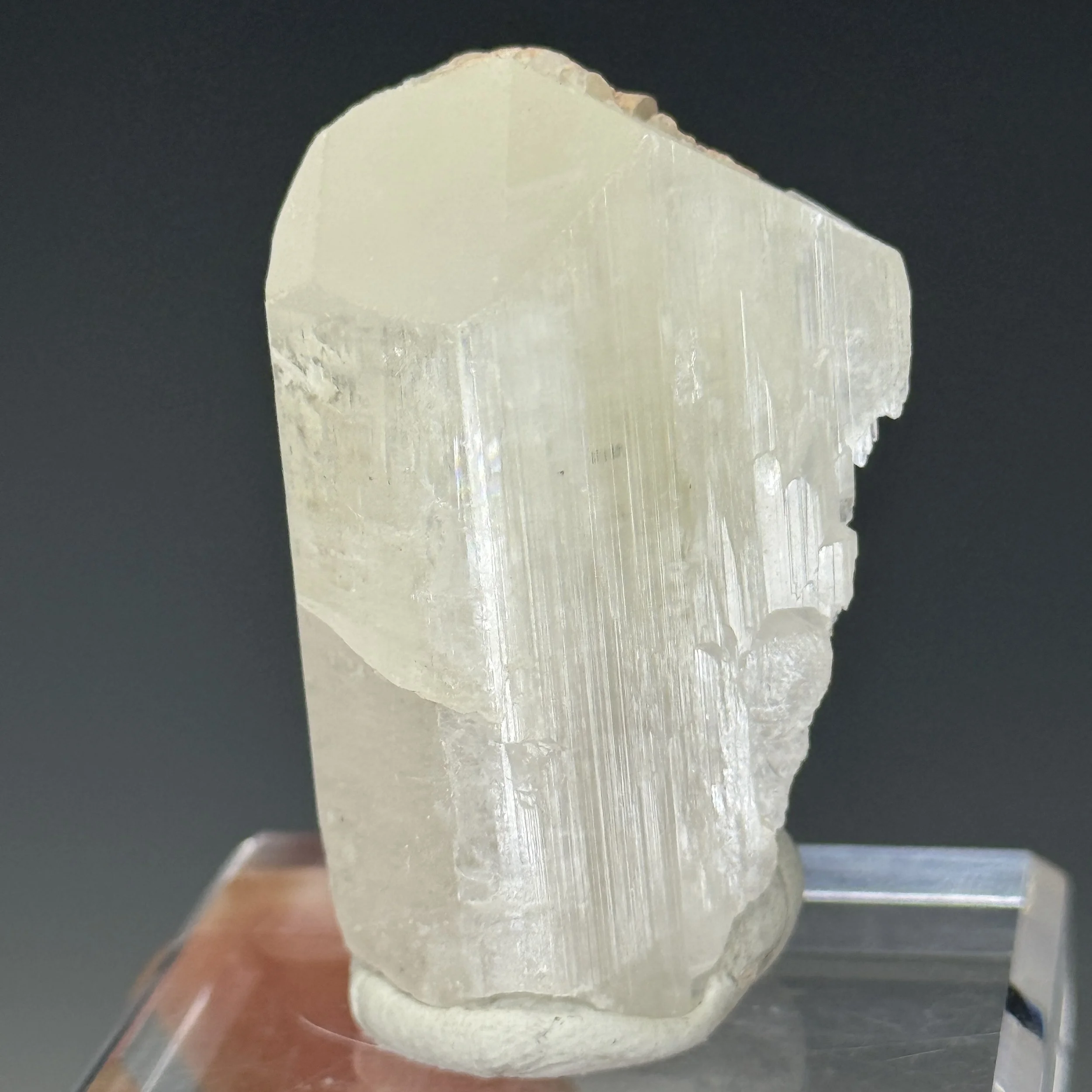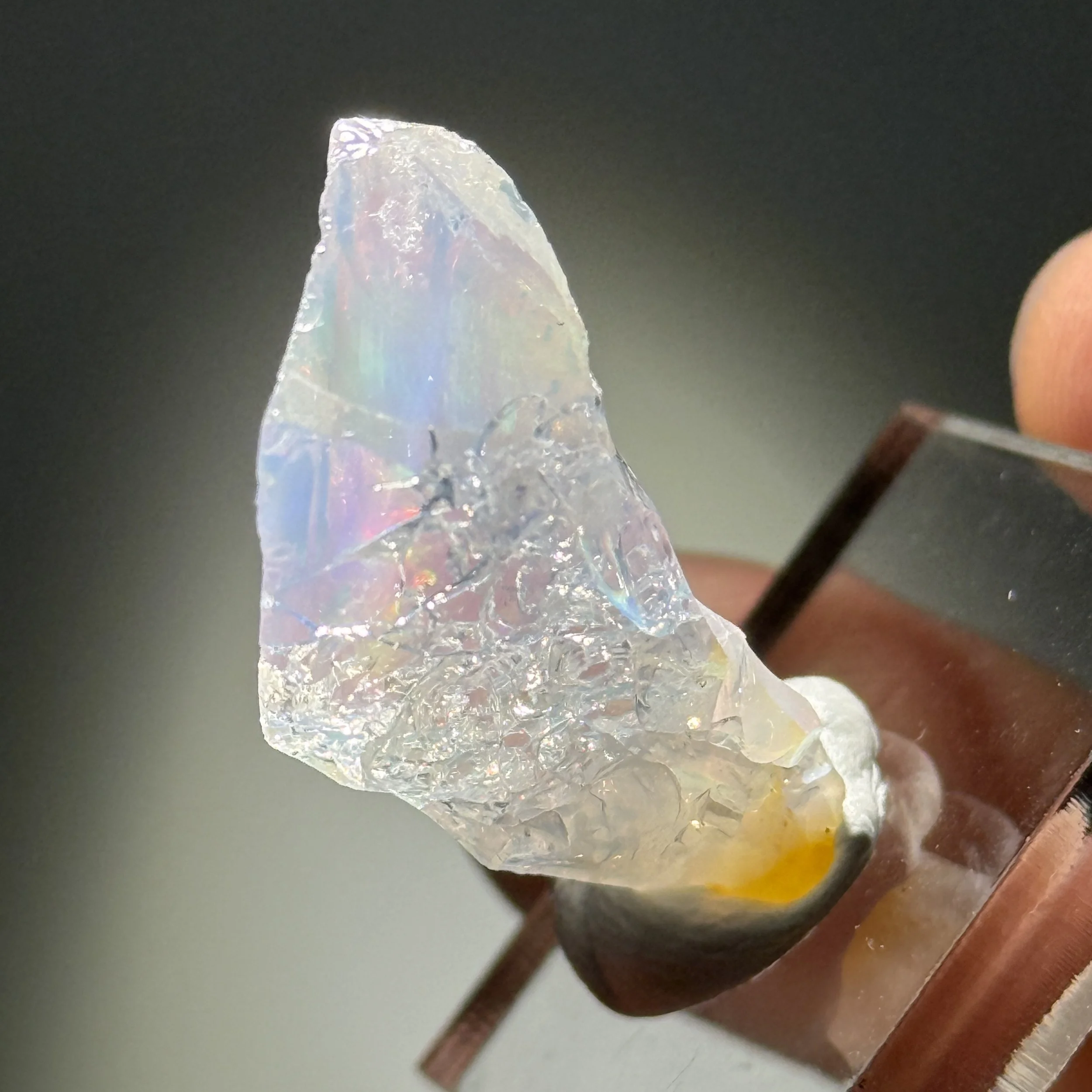 Image 1 of 3
Image 1 of 3

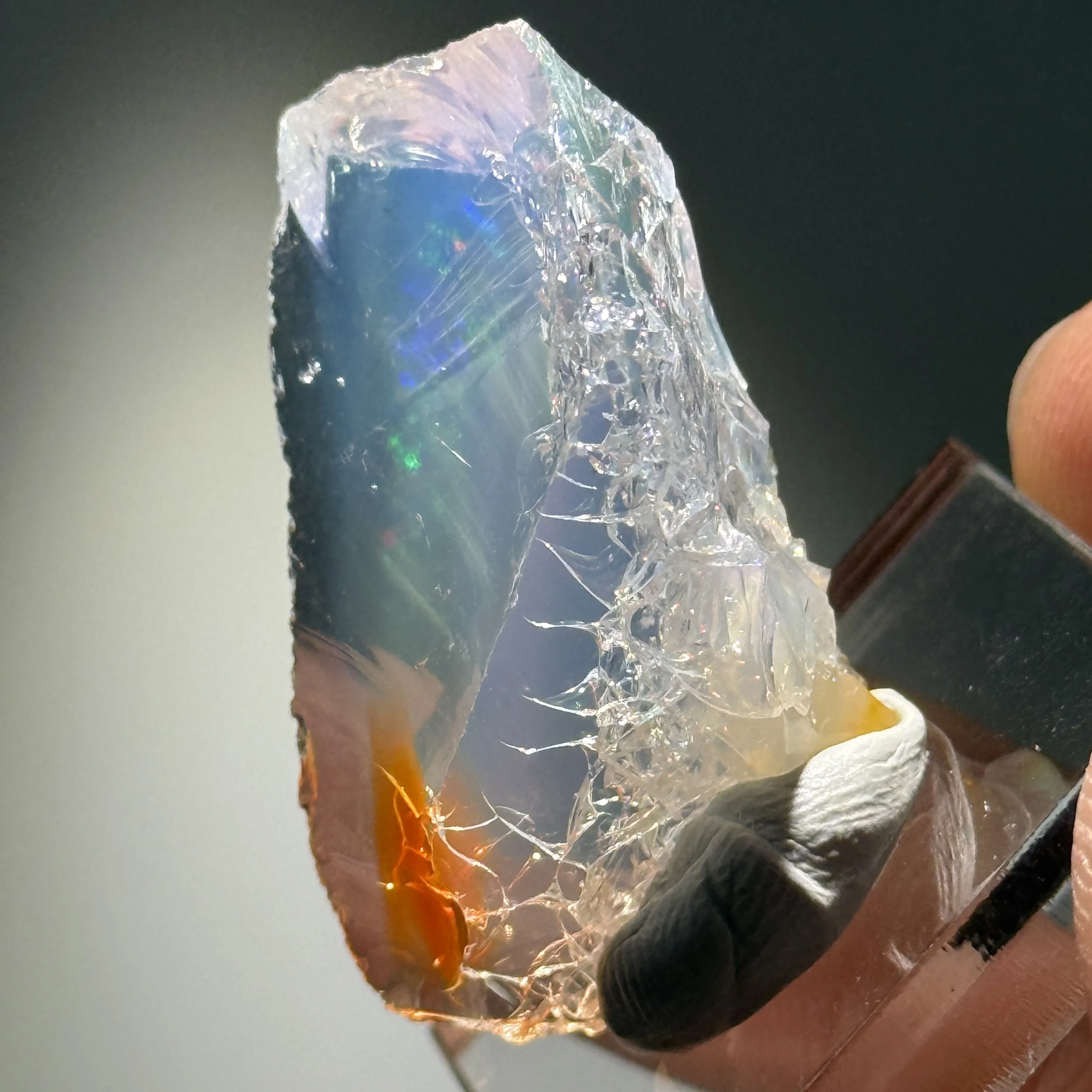 Image 2 of 3
Image 2 of 3

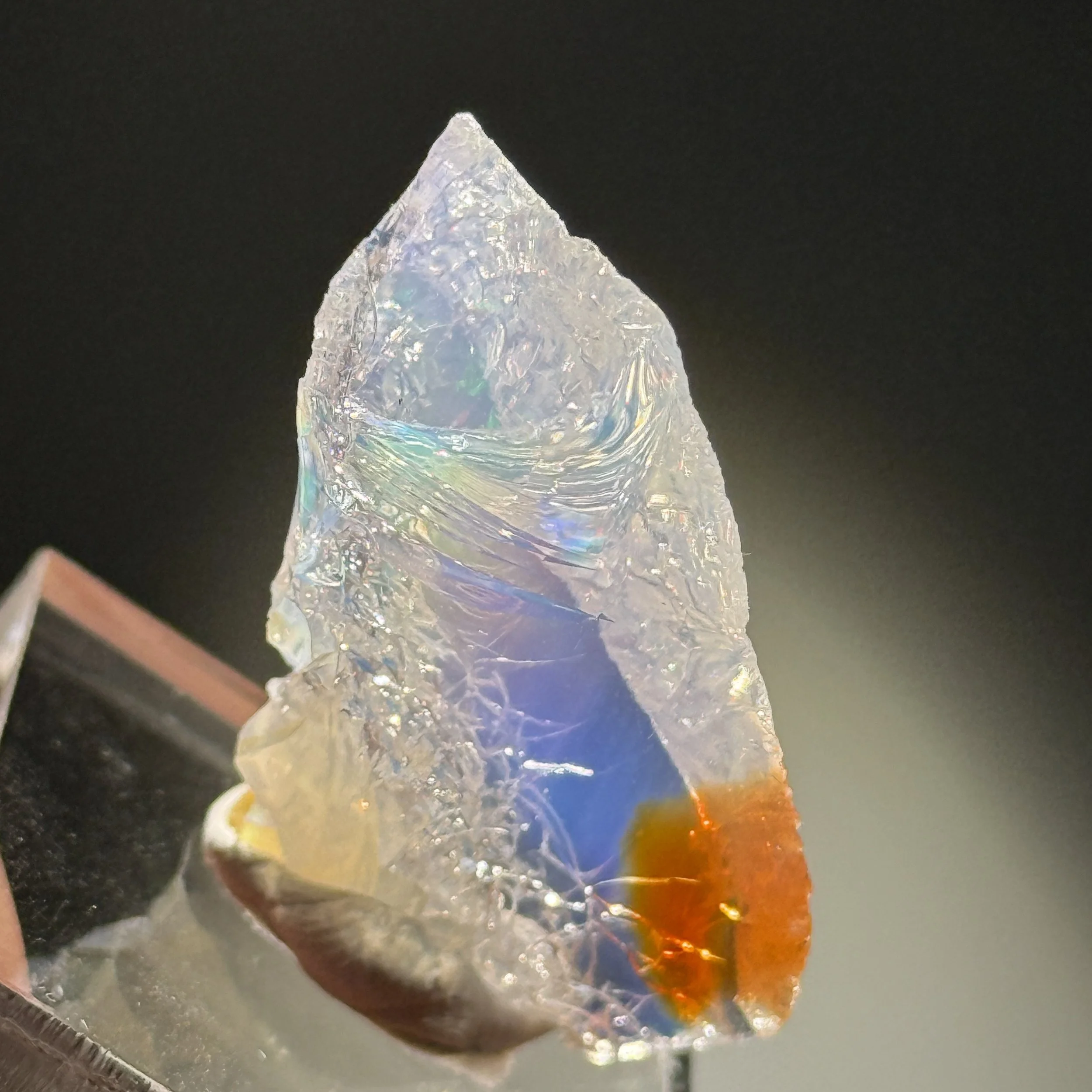 Image 3 of 3
Image 3 of 3




Opal, Contraluz, Opal Butte, Morrow County, Oregon, USA
Size: 3.5x2x1.5 cm
Species: Opal, Contraluz
Locality: Opal Butte, Morrow County, Oregon, USA
Description: A nice example of this hard to get Oregon material, with minor play of color present under backlight. Gem clear interior gives way to some blue and green flashes. There is slight crazing present on one side. Contra luz opals from Opal Butte are some of the best American opals to ever come to the market. Contra luz is Spanish and means to view against the light. This is because the material appears translucent and jelly like until it is held up to the sun or in front of an artificial light source. Then the astonishing play of fire can be seen in these specimens. The material was produced in the late 1980s and 1990s and is no longer being mined today. Even when it was being mined contra luz was highly sought after and coveted. Part of the reason for this is its inherent beauty, and part of the reason is that only a small amount of it was ever found. An entire season of machine mining would yield around 100kg of opal according to Kevin Lane Smith 1989. This 100kg includes all the varieties found at the mine; blue opal, fire opal, hyalite opal, rainbow opal, hydrophane opal, crystal opal, and contra luz opal. Of that material 5% was contra luz and only 70% of the material found was stable. So that means 3.5kg per year of contra luz was found. Even rarer than this is the crystal contra luz opal which only constituted 1% of the material found and 80% was stable so only 800 grams per year were produced. Ex. Thomas Harth Ames
ID: 25820
Size: 3.5x2x1.5 cm
Species: Opal, Contraluz
Locality: Opal Butte, Morrow County, Oregon, USA
Description: A nice example of this hard to get Oregon material, with minor play of color present under backlight. Gem clear interior gives way to some blue and green flashes. There is slight crazing present on one side. Contra luz opals from Opal Butte are some of the best American opals to ever come to the market. Contra luz is Spanish and means to view against the light. This is because the material appears translucent and jelly like until it is held up to the sun or in front of an artificial light source. Then the astonishing play of fire can be seen in these specimens. The material was produced in the late 1980s and 1990s and is no longer being mined today. Even when it was being mined contra luz was highly sought after and coveted. Part of the reason for this is its inherent beauty, and part of the reason is that only a small amount of it was ever found. An entire season of machine mining would yield around 100kg of opal according to Kevin Lane Smith 1989. This 100kg includes all the varieties found at the mine; blue opal, fire opal, hyalite opal, rainbow opal, hydrophane opal, crystal opal, and contra luz opal. Of that material 5% was contra luz and only 70% of the material found was stable. So that means 3.5kg per year of contra luz was found. Even rarer than this is the crystal contra luz opal which only constituted 1% of the material found and 80% was stable so only 800 grams per year were produced. Ex. Thomas Harth Ames
ID: 25820
